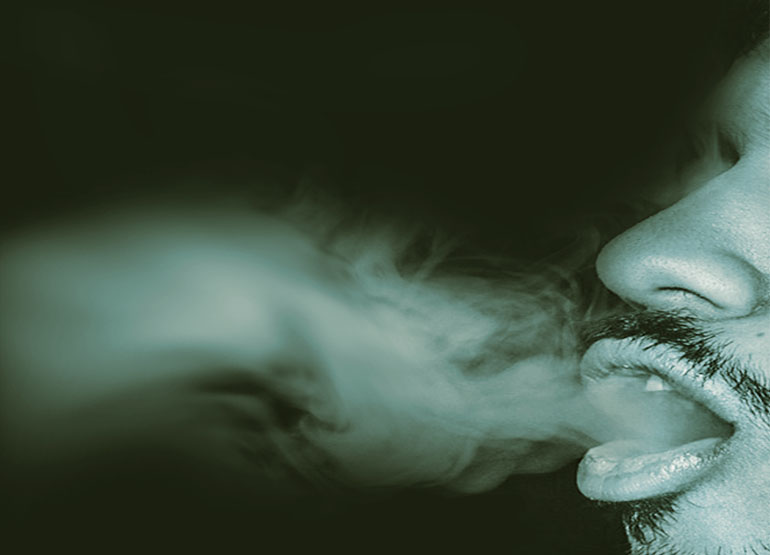Health Pages
Types and Causes of Bad Breath
Types and Causes of Bad Breath
All causes of bad breath are not entirely understood jet, but in most cases odors are produced mainly due to the anaerobic breakdown of proteins into individual amino acids, followed by the further breakdown of certain amino acids to produce detectable foul gases.
Tongue is the most common location for oral bacteria causing mouth-related halitosis. Unpleasant breath odors are known to arise from proteins trapped in the mouth which are processed by oral bacteria usually found on the posterior dorsum of the tongue, where they are relatively undisturbed by normal activity and provides and ideal habitat for anaerobic bacteria, which flourish under a continually forming tongue coating of food debris, dead epithelial cells, postnasal drip and overlying bacteria, living and dead. Other parts of the mouth may also contribute to the overall odor, but are not as common as the back of the tongue.
Bad breath may be transient, which means it will disappear after brushing one's teeth, flossing, rinsing with specialized mouthwash and eating.
More serious condition is persistent halitosis or chronic bad breath, which is affecting some 25% of the population in varying degrees. Persistent halitosis is condition which is in most cases caused by the metabolic activity of certain types of oral bacteria. It can negatively affect the individual's personal, social and business relationships, leading to poor self-esteem and increased stress.
Sometimes bad breath odors are produced due to few systemic (non oral) medical conditions which may cause foul breath odor, but these are extremely infrequent in the general population. Conditions like diabetes, constipation, metabolic dysfunction, chronic liver failure, bronchial and lung infections, carcinoma or some genetic disease may also cause persistent bad breath, but these conditions are rare and may not display bad breath at all. They will most likely show additional characters, which are more definitive than the breath odor.
Related links and recommended readings:



